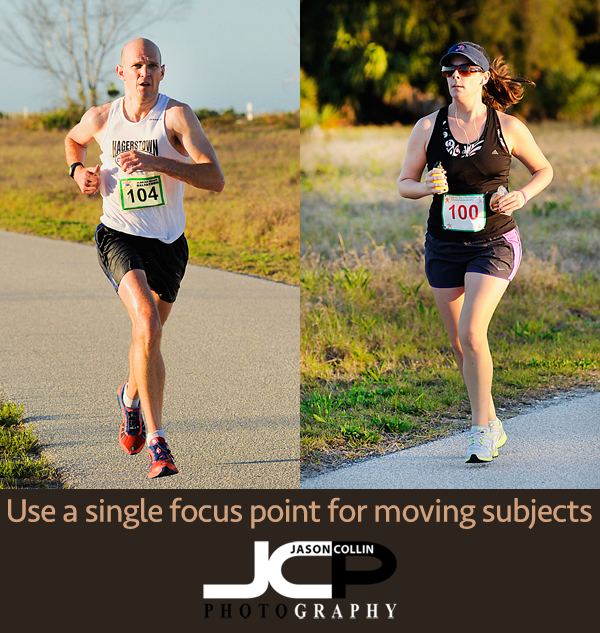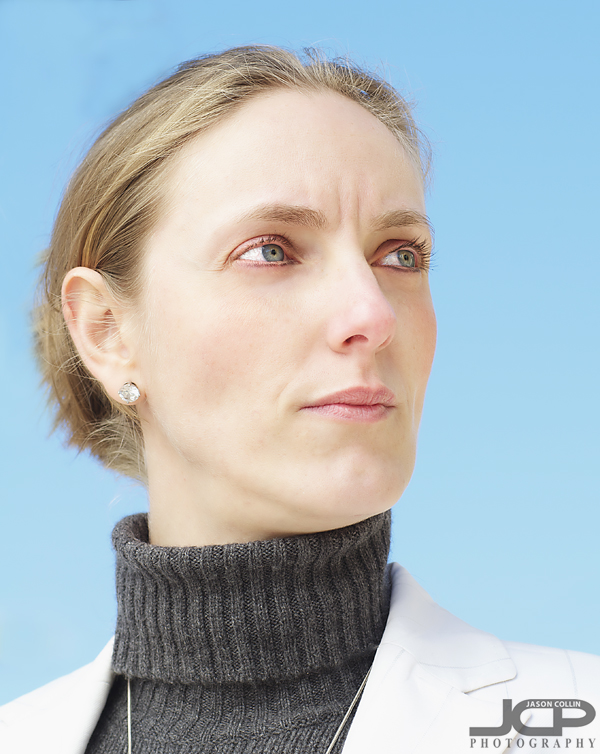Using shallow depth of field and setting your focus point
Since I started Jason Collin Photography back in 2009, I have taught hundreds of people of all levels 1-on-1 photography lessons. In the course of that teaching I repeated some favorite photography advice. Here is one of them:
“Show me something I cannot see by just standing there.”
Another one is:
“A photographer can make something out of nothing.”
In the example photos in this blog post I had my Sigma 50mm f/1.4 ART lens on my Sony a7 III full frame mirrorless camera. This lens is my favorite lens for making something out of nothing because the large f/1.4 aperture means I can easily create very shallow DoF (depth of field). Making a photo with a very shallow DoF is one of the easiest ways to make something out of nothing.
Read More


